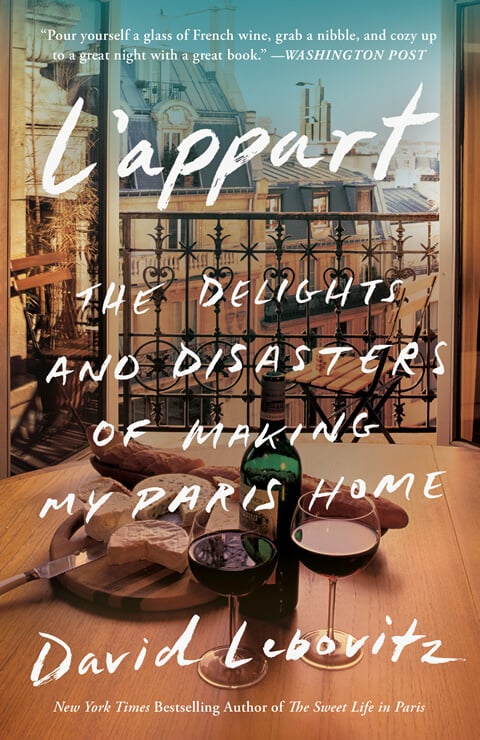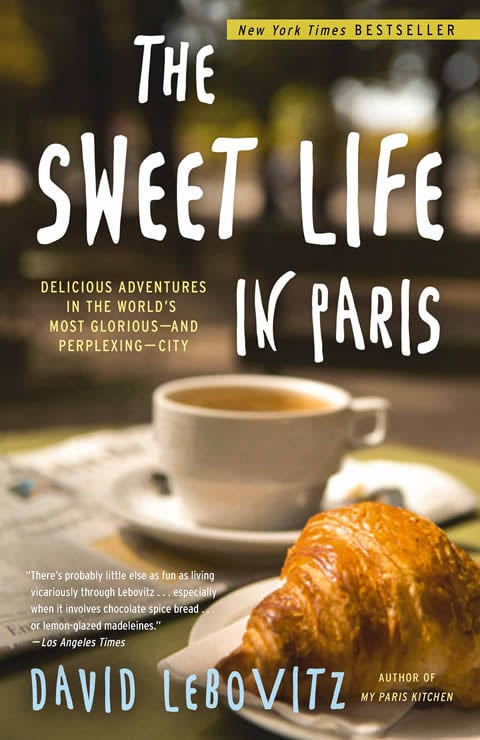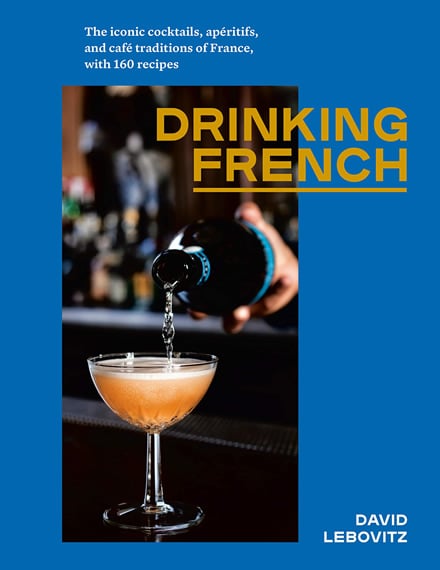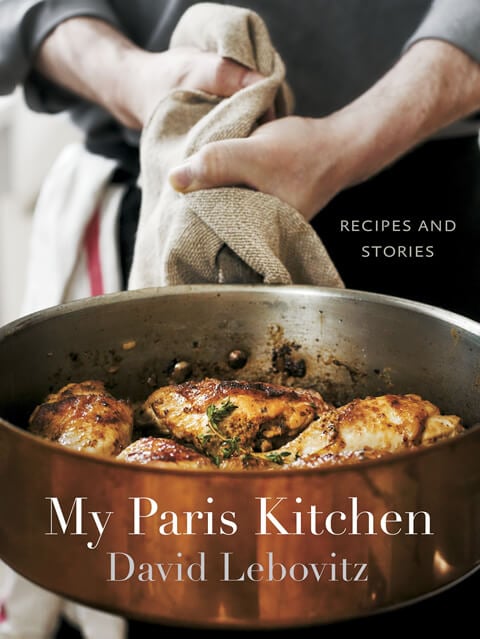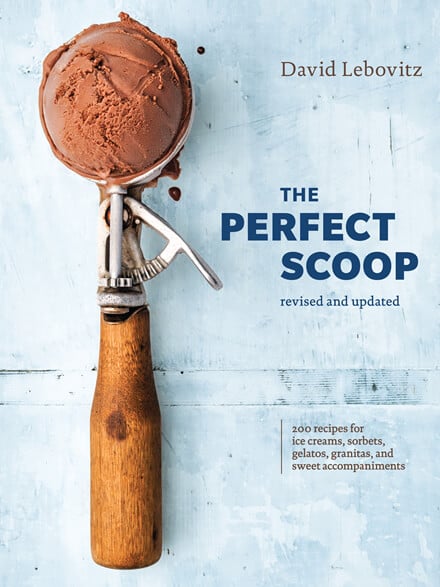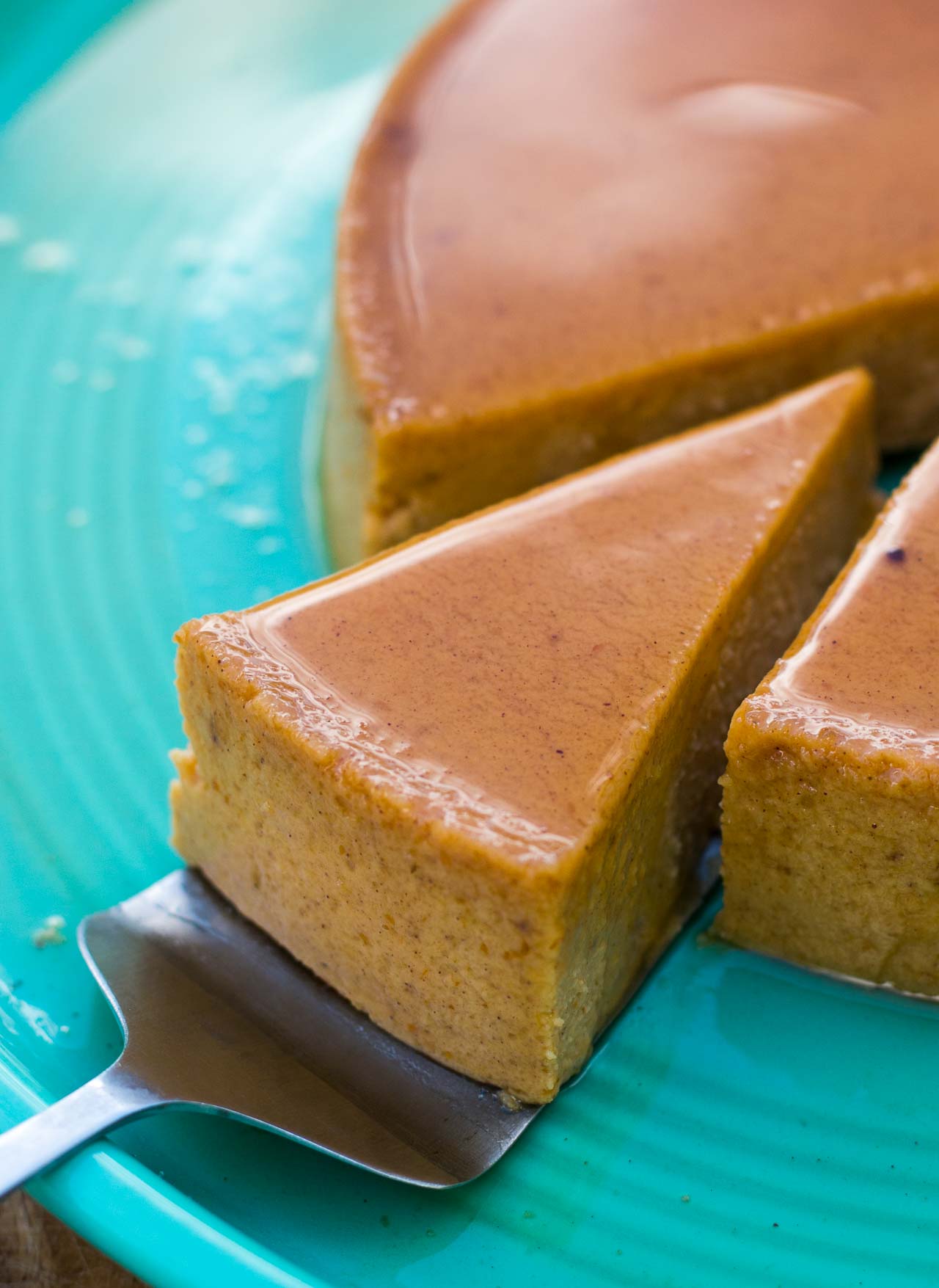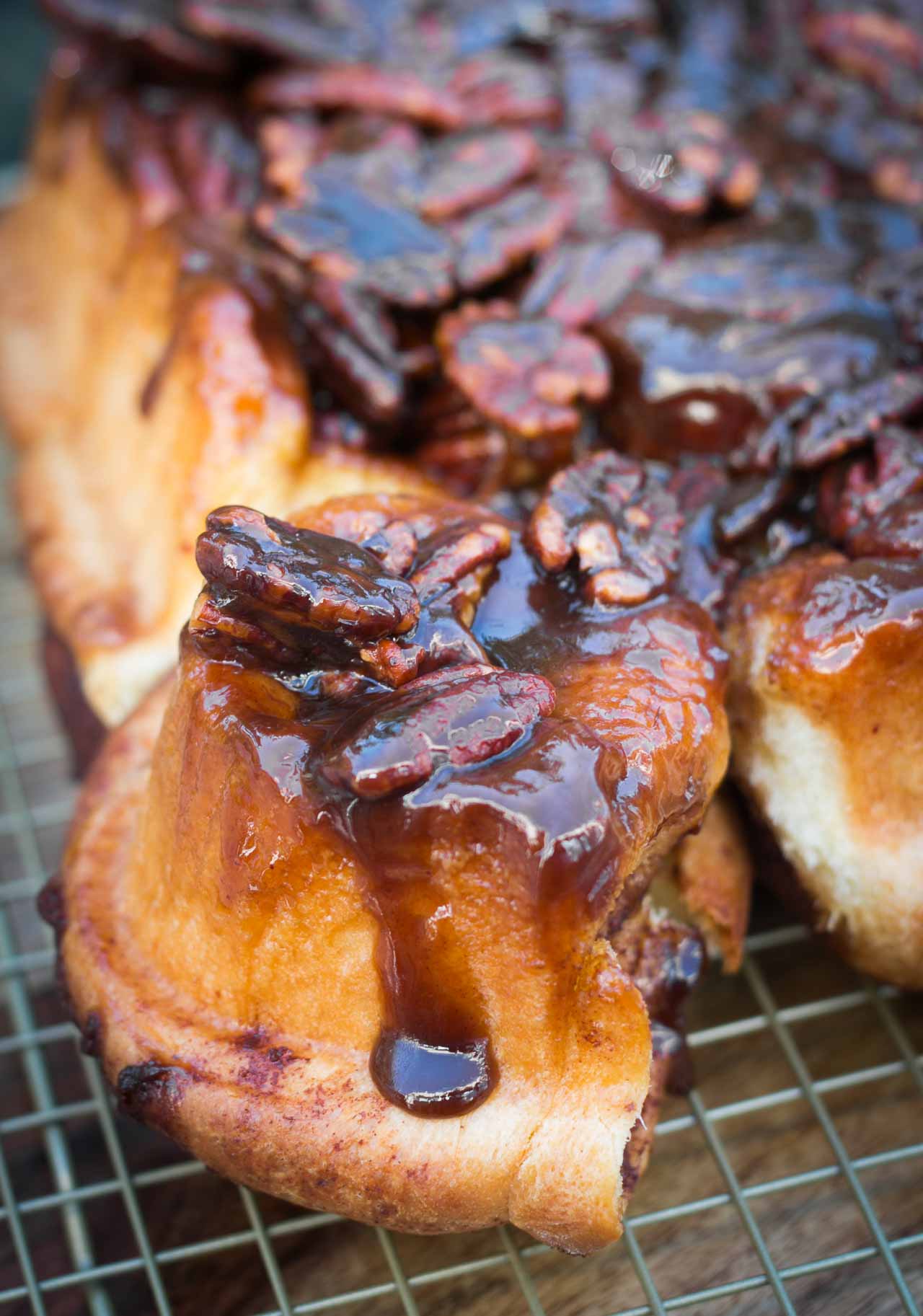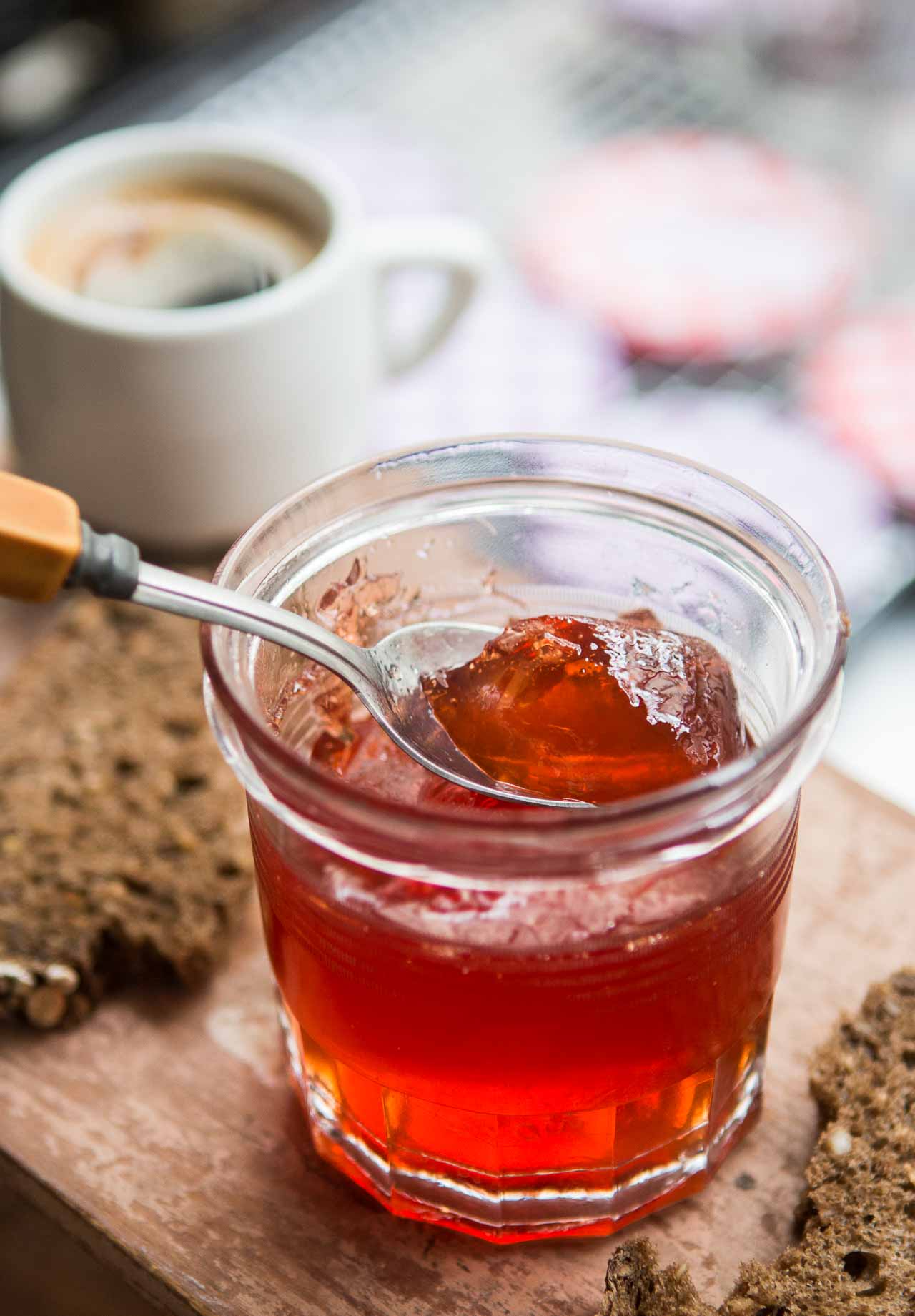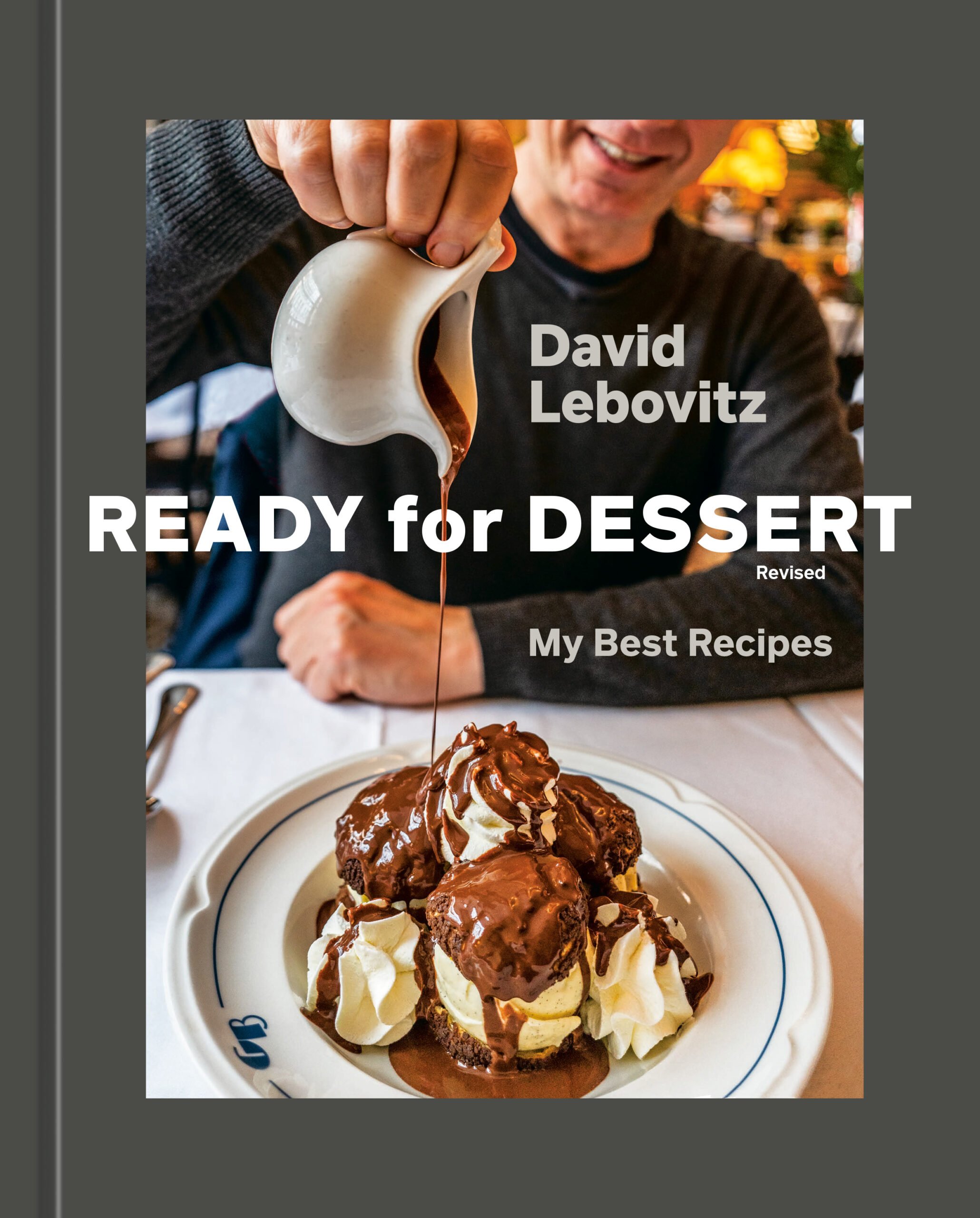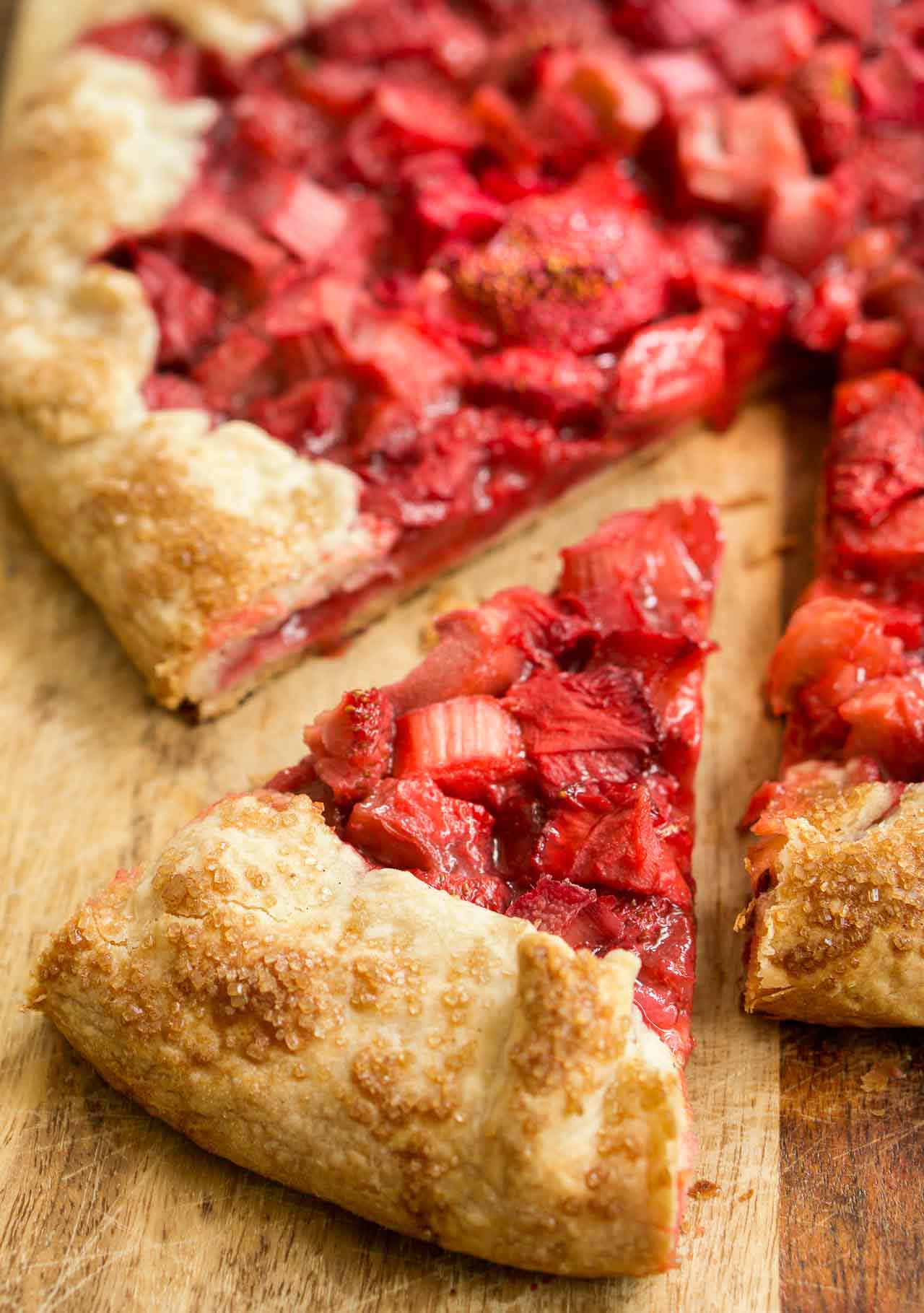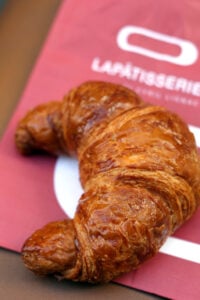French Sugar
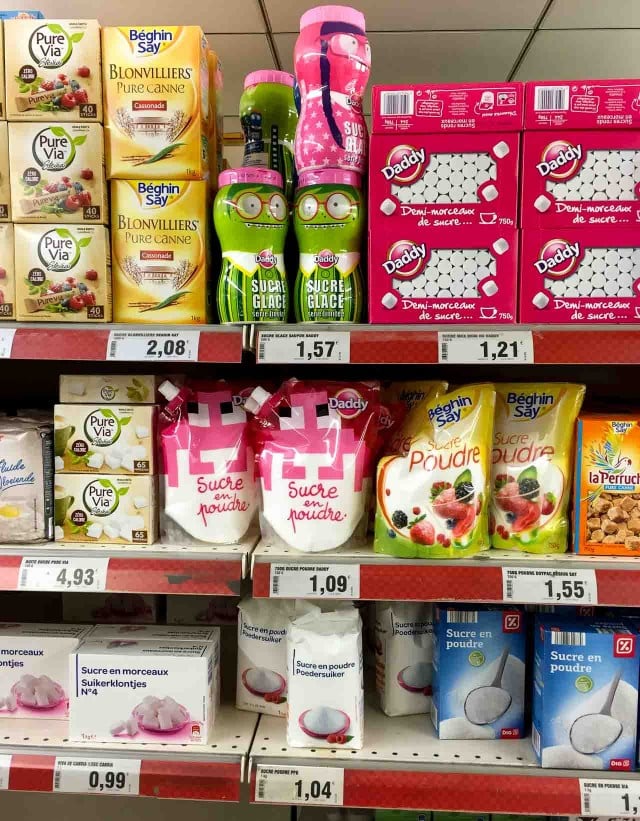
Bakers who tackle French recipes get stumped by the sugars, which don’t necessarily correspond to the sugars available elsewhere. All supermarkets in France carry white granulated sugar and there’s often unrefined sugars, such as cassonade, which grocers stock and are widely-available. In America and elsewhere, bakers often have to do a bit of hunting around to find the corresponding sugar.
French brown sugars are quite varied and don’t always neatly fit into substitutions. In general, if you have a recipe that calls for brown sugar, you can use moist cassonade, vergeoise, or any unrefined amber-colored sugar that’s not granulated. For the sake of these descriptions, moist brown sugar is sugar that clumps together easily if you pinch it. Crystallized sugar is granulated, or free-flowing, and pours easily.
For caramelization, you need to use refined white sugar; impurities in unrefined sugars will cause crystallization. There’s some controversy in the pastry community that sugar refined from beets, which the majority of the sugar in France is, will give you difficulty if you try to caramelize it. But I haven’t experienced any problems.
I’ve listed a few places outside of France where these sugars, and others, are available at the end of the post. Depending on where you live, your best bet is to search online or find a store that specializes in baking ingredients for professionals or dedicated home bakers. There are also links to various sugar companies and websites where you can learn more about these sugars.
Sucre cristallise or sucre cristal
This is plain white sugar, whose crystals are a bit larger than what’s considered granulated sugar in the United States. You can use this sugar for almost all baking and cooking applications.
Sucre semoule and Sucre en poudre
This is sugar whose crystals are very fine. In America, this would be similar to what is called superfine or baker’s sugar. In other countries it’s called castor or caster sugar. Its fine texture means it melts quickly and will give a finer crumb to many cakes, meringues and cookies.
You can make your own by pulsing granulated sugar in a food processor or blender a few times until it’s in smaller crystals.
Sucre glace
To Americans, this is known as powdered or confectioners’ sugar, and elsewhere it’s called icing sugar. Up to 3% cornstarch is added to keep it free-flowing. (In France, silica is used.) You can make your own powdered sugar by whizzing granulated sugar in a food processor or blender until it’s powdered. It’ll keep in a jar indefinitely, but will tend to clump together, so it is best made in small batches or as you need it.
Some bakeries use non-melting powdered sugar, which doesn’t dissolve when sifted over cakes and tarts, even after several hours. This is difficult to find and can be located in shops that cater to professionals. King Arthur carries one, called white topping sugar. It has a slightly odd mouth feel.
Sucre pour confitures or sucre gelifiant
This specialty sugar has apple-based pectin added and citric acid added, and is used as a quick-cooking sugar for jelly and jam-making, although some use it for fruit-based sauces, too. Dr. Oetker makes one, as does Saint Louis. As far as I know, this isn’t available in the United States.
Sucre vergeoise
This brown sugar is made from beet sugar and is white, refined sugar that’s sprayed with a darker sugar syrup to re-brown it. Some have vanilla added. Sucre vergeoise is available in blonde (light) or brune (dark). It can be used in any recipe where brown sugar is called for and the crystals are more uniform than cassonade, although I prefer true cassonade.
This sugar is a bit harder to find. It’s more popular in the North of France, close to Belgium. The most widely-available brands are Béghin Say and Saint Louis.
If an American recipe calls for brown sugar, you can use this in its place.
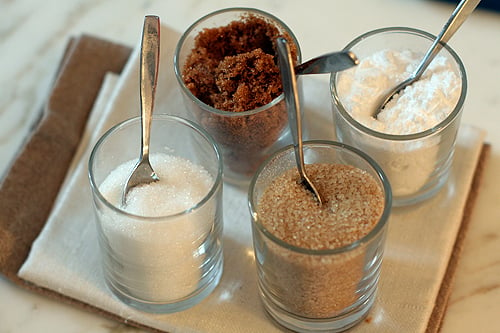
Cassonade
This is a natural brown sugar, slightly-refined from cane sugar, so it’s moist and lumpy and may have small imperfections. It’s very easy to find the large, granulated crystals, but it’s harder to find moist, softer varieties; the most widely-available moist cassonade is sold by the brand Daddy. It is sold as cuivrée (light) or ambrée (dark).
Granulated versions of cassonade are similar to coarse demerara, Hawaiian Washed Sugar, Sucanat, and Sugar in the Raw, available outside of France.
Like sucre vergeoise, above, moist cassonade can be used in in American recipes that call for brown sugar.
Sucre de canne complet
This is unrefined brown sugar and is sometimes lighter in color than cassonade and vergeoise, which is available as free-flowing or slightly-sticky. It’s sold in natural foods and specialty stores and can be used in place of brown sugar in all recipes, and in place of white sugar in most. (Not for making caramel, for example.) Partially-processed sugars, such as sucre roux, demerara, and muscovado fall into this category, although this is kind of a no-man’s land, and many naturally brown cane sugars are lumped into this category.
Blanc pure canne or sucre mi blanc
If you’re looking to use cane sugar in a recipe, this is white or off-white (partially-refined) granulated cane sugar. Since most sugar in France is made from beet sugar, this isn’t available in most supermarkets. Cane sugars can be found in natural food stores.
Sucre vanille
These are small (8 gram) packets of vanilla-scented sugar, which you’ll see called for in French recipes. Vanihé and Dr. Oetker are well-known brands. Packets of European vanilla sugar are available on Amazon.
You can substitute 8 grams of sugar along with a teaspoon of vanilla extract or vanilla bean paste (or to taste) in recipes for each packet of vanilla sugar called for in recipes.
Sucre en morceaux
This refers to sugar cubes, or sugar molded into various shapes. You likely won’t find them used in recipes, although some people like to crush them on top of tarts, cakes, and cookies prior to baking to give them a crackly topping. There are available made from either white and dark (unrefined) sugar.
Sucre en grains
This is large-grained pearl sugar, used for texture and decorating (necessary for chouquettes) and does not melt under heat.
In America, you can find this sugar at King Arthur and at ChefShop. Sucre en grains can be hard to find in France, but is available in shops that specialize in baking goods and Scandinavian specialty goods stores. In Paris, you can buy pearl sugar at G. Detou.
More information about sugar and related links
What’s the Difference Between Brown Sugars? (Chow)
Demerara sugar (Wikipedia)
Turbinado sugar (Wikipedia)
Muscovado sugar (Wikipedia)
Sucanat (Wikipedia)
Wholesome Sweeteners (Natural sugar & sweeteners)
Ingredients for American Baking in Paris
Saint-Louis (French Sugars)
King Arthur Baker’s Store (Baking sugars)
Ethiquable (Fair-trade sugars, in French)
Alter Eco (Fair-trade sugars)
Why and When to Use (and Not Use) Corn Syrup
Daddy (French sugar company)
Béghin Say (French sugar company)
Sucre (Wikipedia France)
Sugar (Cook’s Thesaurus)
India Tree Sugars (Amazon)

